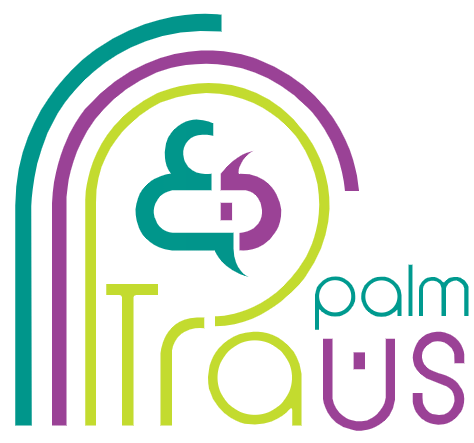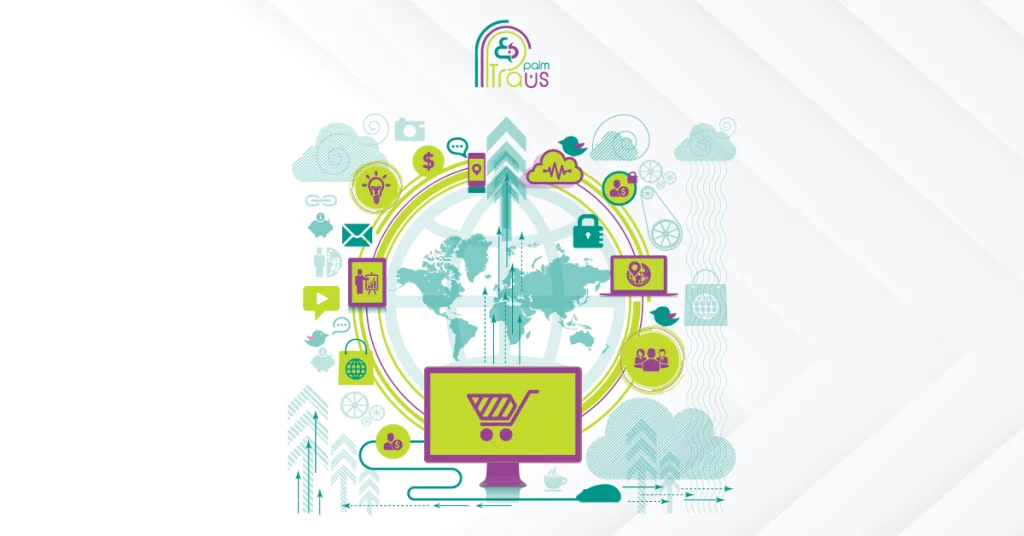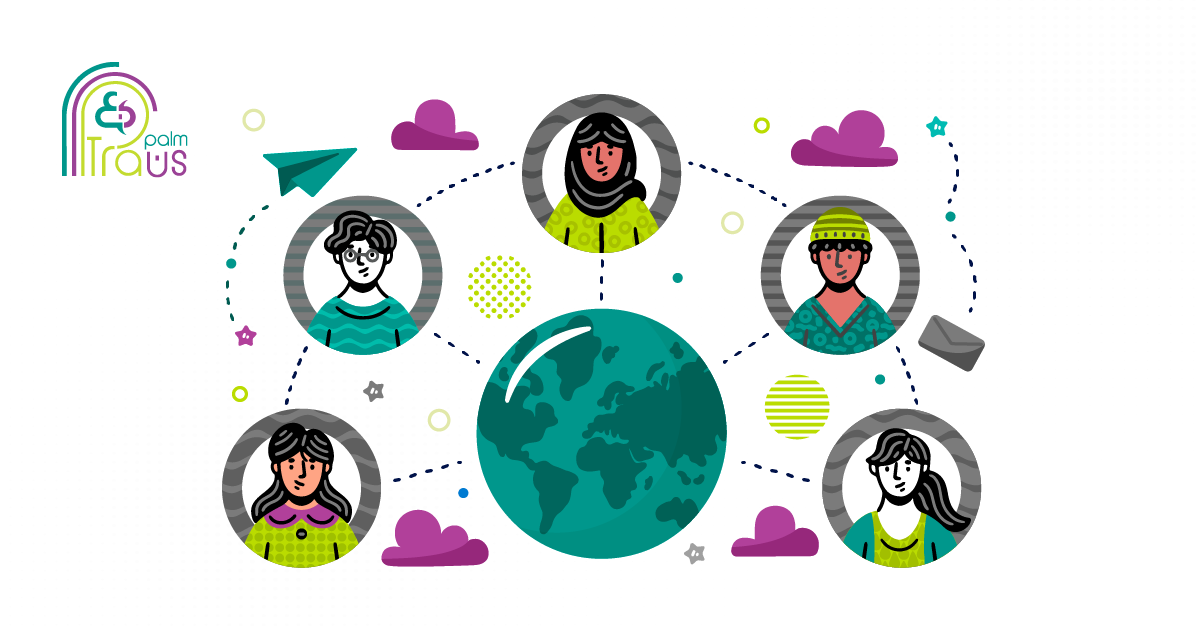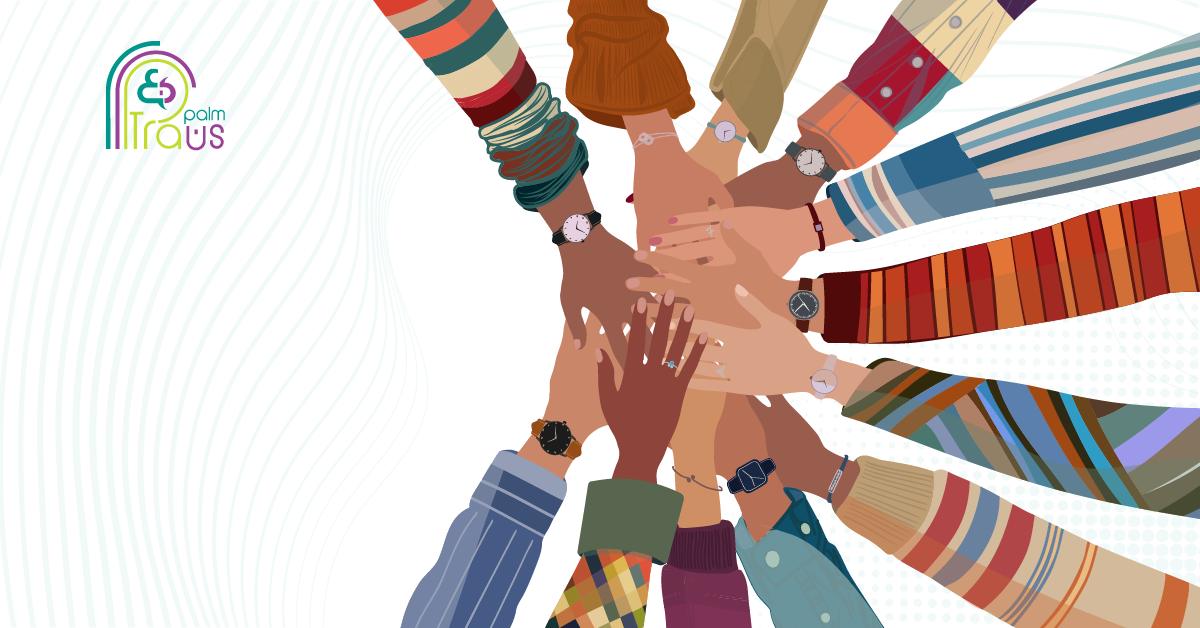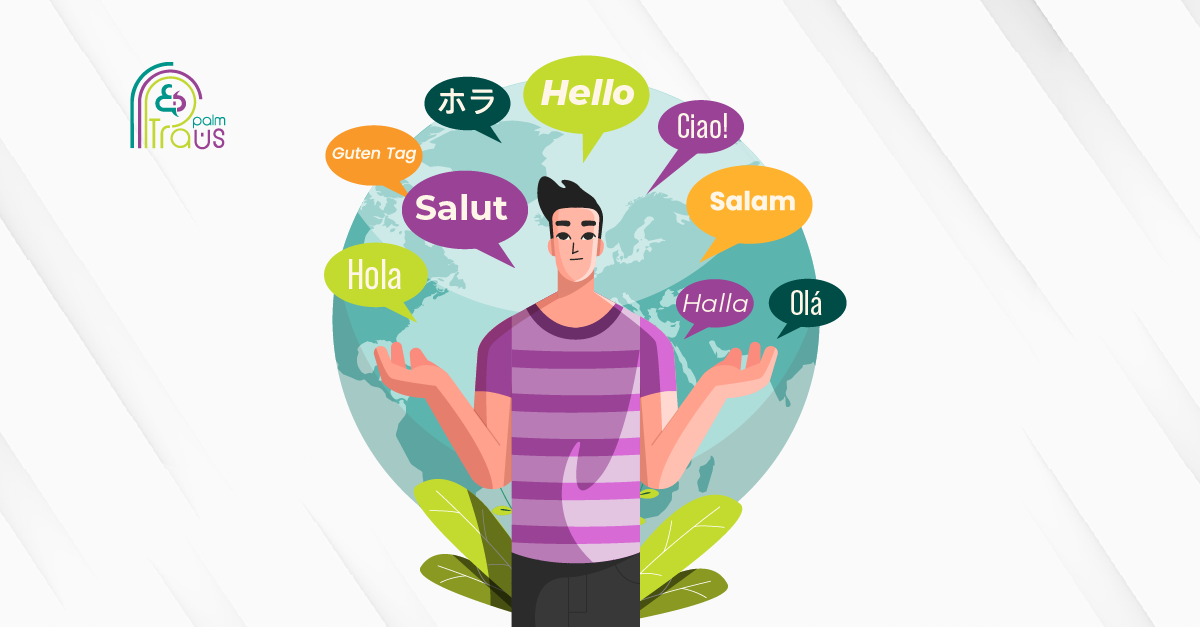Before you take your software to international markets, you need a solid foundation for global growth. Internationalization (i18n) is the process of designing applications so they can adapt to multiple languages, regions, and cultural preferences without requiring code changes. It is future-proofing your product for scalable expansion, reducing the risk of costly rework, broken user interfaces, and delayed launches later in the process.
While i18n handles the technical side of going multilingual, Website Localization Services focus on adapting the user experience for each market. Both are essential to deliver a product that feels local everywhere it is launched.
In this blog, we will explore the key principles of internationalization, the building blocks of a global-ready architecture, common challenges companies face, and how pairing i18n with expert localization services creates a strong path to international success.
Core Principles of Locale-Aware Architecture
A locale-aware architecture is the foundation of internationalization that makes your software content adaptable to different languages, regions, user preferences, and cultural settings.
- Unicode support: guarantees your software can correctly display multilingual character sets, from Arabic scripts to Japanese kanji, without breaking or showing unreadable symbols.
- Multi-region deployment: hosting your app or website with CDNs and server configurations to deliver content quickly and reliably to users across different countries.
Example:
An e-commerce company expanding to the Middle East (MENA) and Europe would need:
- Unicode support for product descriptions in Arabic and European languages.
- Multi-region deployment to help achieve equally fast load times worldwide and smooth shopping experiences.
The Importance of Early Internationalization (i18n) Planning
Many companies postpone internationalization (i18n) until the final stages of product development, which often leads to delays, extra costs, and technical challenges. Integrating internationalization from the beginning allows development teams to create a flexible, scalable structure that supports different languages and regions without needing major changes later.
This approach makes it easier to separate content from code, adapt features for new markets, and avoid user interface issues when translating or localizing the product. It also improves collaboration between development, design, and content teams by making the product easier to localize.
By planning for global readiness from the start, businesses can reduce rework, speed up time-to-market, and deliver high-quality user experiences in every language. Starting early with internationalization (i18n) is not just a technical best practice; it is a smart strategy for any company aiming to grow globally.
Three Building Blocks of Internationalization (i18n): Strings, Keys, and Resources
String Externalization
Storing all user-facing text (like buttons, menus, notifications) in separate resource files instead of writing it directly into the code. This approach allows translators to work on the text without changing the code, making updates faster and safer.
Translation Keys
Each piece of text is linked to a unique key, meaning that instead of writing “Submit” or “Cancel” directly in the code, the software references a key like BTN_SUBMIT or BTN_CANCEL. This keeps the app consistent, as the same key will always call the same translated text across all interfaces.
Resource Bundles
It holds all the elements your app needs to display content in a specific language or region for seamless language switching. These bundles include things like:
- Text strings (e.g., menu labels, button names, error messages)
- Date formats
- Currency symbols
- Other locale-specific settings
Formatting Challenges in Global UX
Without proper internationalization planning, software often faces formatting issues that confuse users or make the interface appear broken. Some common mistakes include:
Date-Time Formatting
Different regions write dates differently, and improper formatting rules can make users misinterpret dates, leading to costly mistakes. For example:
- US: (month/day/year)
- EU: (day/month/year)
- Asia: (year/month/day)
Number Formatting
Some countries use commas as decimal separators (e.g., 1.000,25), whereas others use periods (e.g., 1,000.25). Failing to adapt number formats may lead to confusion in pricing or financial statements.
Currency Localization
Each market uses different symbols, placement, and spacing for currencies. Displaying the wrong format can make prices unclear or untrustworthy to users. For example:
- US → US Dollar (USD)
- Europe → Euro (EUR)
- UAE → United Arab Emirates Dirham (AED)
- RTL Layout Adaptation
Languages like Arabic and Hebrew are read from right to left. If an app or website doesn’t support mirrored layouts for these languages, the interface may appear broken, which reduces ease of use and trust.
From UI mirroring to text expansion, we guarantee that every language version of your app looks natural, reads correctly, and delivers a flawless user experience worldwide.
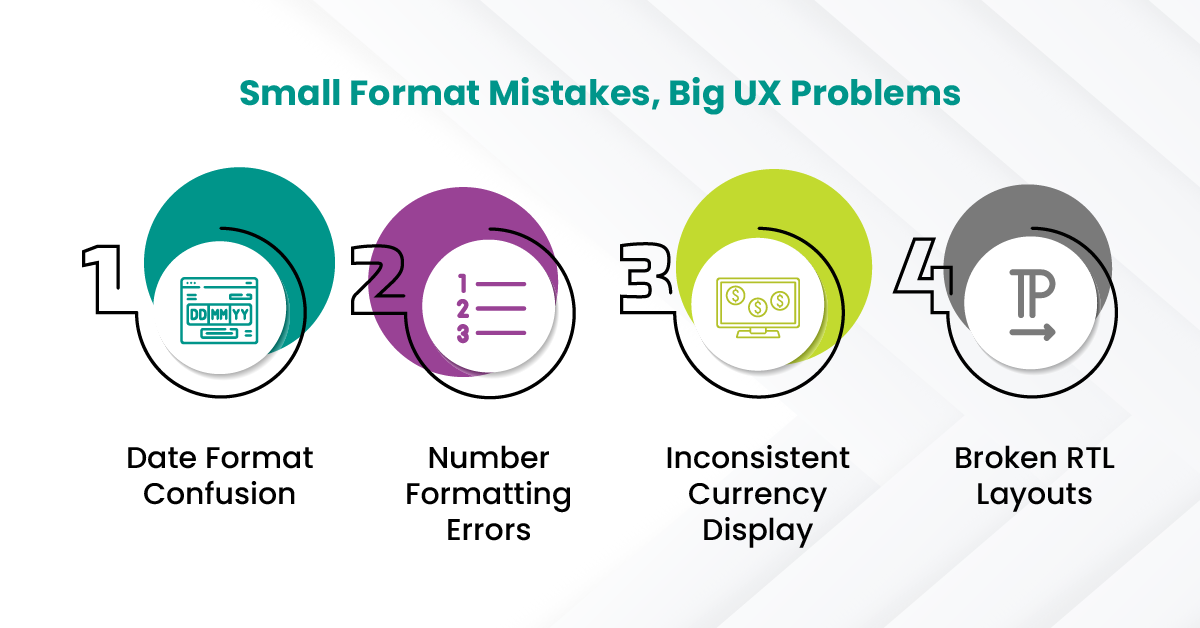
Smart Language Handling: Fallbacks, Plurals, and Cultural Nuance
Language logic goes beyond text translation. Ignoring these nuances can make an otherwise functional app feel foreign or confusing to users.
- Language fallback logic: Missing translations can happen, especially in large, fast-moving projects. With fallback logic, prevent app crashes by defaulting to a base language.
- Pluralization rules: Not every language handles plurals the same way. Languages like Russian and Polish have several plural forms, requiring proper handling.
- Cultural conventions: Visuals matter as much as words. Icons, gestures, colors, and imagery carry different meanings across cultures and should align with user expectations.
Testing and Quality: Ensuring a Truly Global-Ready Product
Even with well-implemented internationalization, you need to test how your product performs across languages and regions before launch.
- Pseudolocalization testing: Detects UI breaks, such as cut-off words or overlapping buttons, by replacing text with longer placeholder strings.
- Linguistic QA: Checks that translated content is clear, accurate, and matches the intended tone without formatting issues.
- Automated i18n linting: Flags hardcoded strings and non-compliant code formatting early.
Managing Your Localization Engine with Governance & Workflows
Scaling i18n in an enterprise requires a structured approach:
- Continuous localization pipeline: Integrates translations directly into CI/CD workflows for fast updates with every release.
- Locale governance policy: Set clear rules on locale naming, fallback priorities, and supported languages to maintain consistency across the product.
- Version control: Keeps resource files and translations aligned with development cycles, reducing errors and rework.
Real-World Case Study: Avoiding i18n Challenges in Product Launches
UI Breakdowns Due to Long Translations
A Flutter app using GetX experienced UI failures after global launch when long German translations caused button overflow and layout misalignment. Japanese users saw fallback English text due to encoding errors.
RTL and Layout Issues
Arabic users faced scrambled interfaces from poor RTL support, while Korean users couldn’t complete purchases because translated text broke checkout buttons.
Missing Language Fallback Logic
Without proper language fallback logic, missing translations caused blank screens and instability. Strong globalization compliance practices, like those in i18next, prevent such issues by ensuring apps remain functional across languages and locales.
Build Global-Ready Software with TransPalm
Internationalization (i18n) lays the technical foundation for global success, ensuring your product is ready for scalable growth, strong language fallback logic, and full globalization compliance. But reaching international users takes more than just code readiness; it requires seamless localization that makes every experience feel truly native.
TransPalm helps you bridge that gap. From App Localization Services that adapt your content for each market to Game Localization Services that fine-tune UI, UX, and formatting for every locale, we make your global launches smooth, fast, and cost-efficient.
Request a quote and take the first step toward seamless global expansion.
